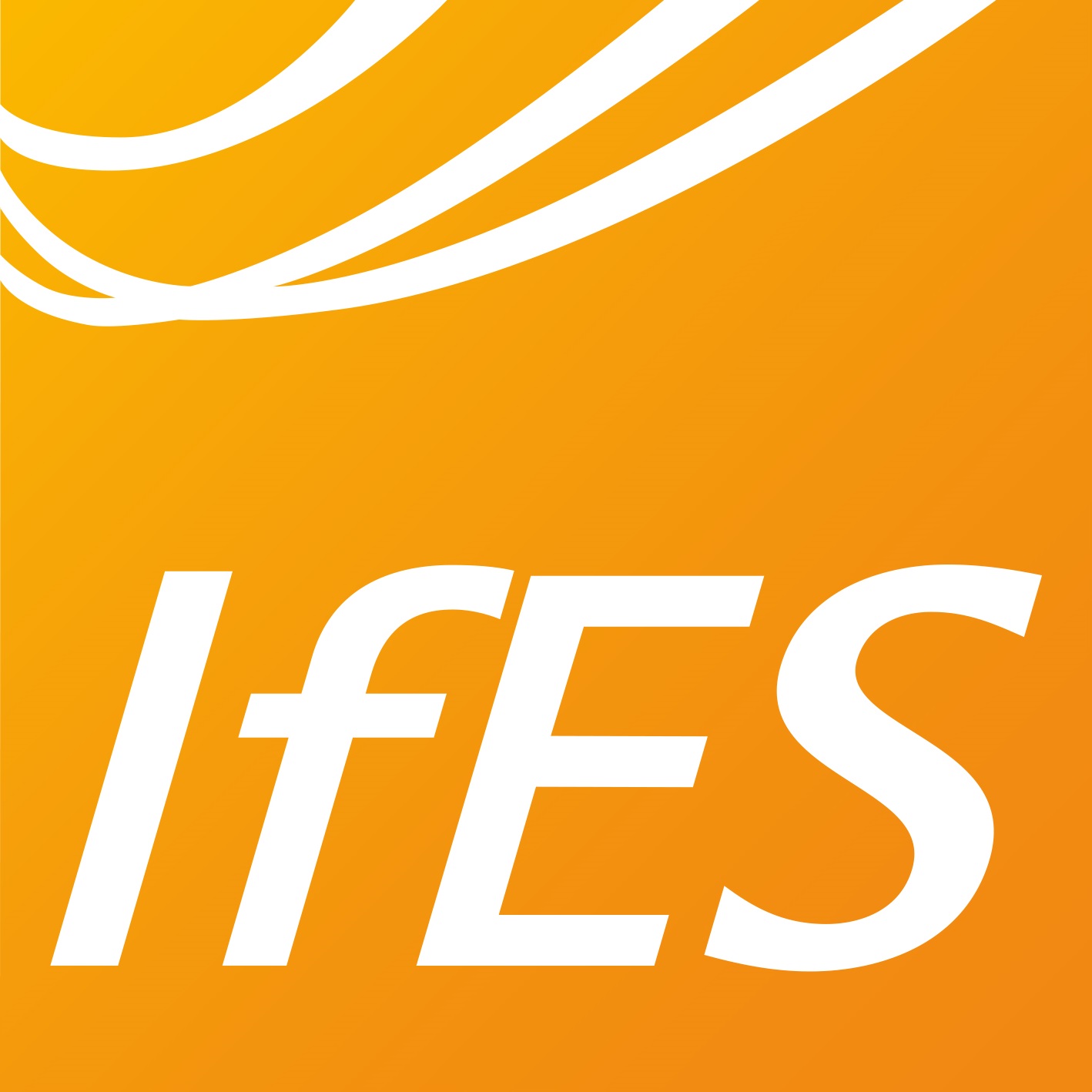Effect of TiO 2 nanofillers on electrical, thermal and mechanical parameters of epoxy resin
- verfasst von
- Mohammad Mahdi Saei Shirazi, H. Borsi, Ernst Gockenbach
- Abstract
Nanotechnology is a general term covering a wide range of many fields. It deals with characteristics in nanometer size and/or microscopic regions on materials and functional devices. Adding small amount of nanofillers to epoxy resins can lead to electrical, mechanical and chemical improvements. To evaluate the influence of the nanofillers on the partial discharge inception voltage and breakdown voltage, the measurements of the specimens were carried out under homogeneous (plane-plane) and inhomogeneous (rod-plane) electrical field configurations at temperatures from 23 °C up to 180 °C. In this study, host material, namely bisphenol-A epoxy resin, and related micro filler are the same basic components for all produced samples and TiO 2 nanofillers were considered at different percentages up to 10% by weight (pbw). Then nanofillers were mixed with the host material using high speed mechanical mixer and ultrasound device simultaneously to make sure, that they are mixed with the host material homogeneously and in nanoscale, too. Regarding the importance of a homogeneous distribution of nanofillers, an even distribution of them was validated by means of transmission electron microscopy. The results show, that adding nanofillers can increase the PD inception voltage of the specimens up to around 15% above glass transition temperature (Tg) under inhomogeneous field and around 25% above Tg under homogeneous field. The breakdown voltages increased under inhomogeneous field at some concentrations of nanofillers, but the changes are not considerable. Under homogeneous field, the results show, that nanocomposites have higher breakdown voltage up to Tg than the conventional composites. Mechanical and thermal results show also considerable improvements.
- Organisationseinheit(en)
-
Fachgebiet Hochspannungstechnik und Asset Management (Schering-Institut)
- Typ
- Aufsatz in Konferenzband
- Seiten
- 69-72
- Anzahl der Seiten
- 4
- Publikationsdatum
- 2012
- Publikationsstatus
- Veröffentlicht
- Peer-reviewed
- Ja
- ASJC Scopus Sachgebiete
- Elektrotechnik und Elektronik
- Elektronische Version(en)
-
https://doi.org/10.1109/ELINSL.2012.6251428 (Zugang:
Unbekannt)


